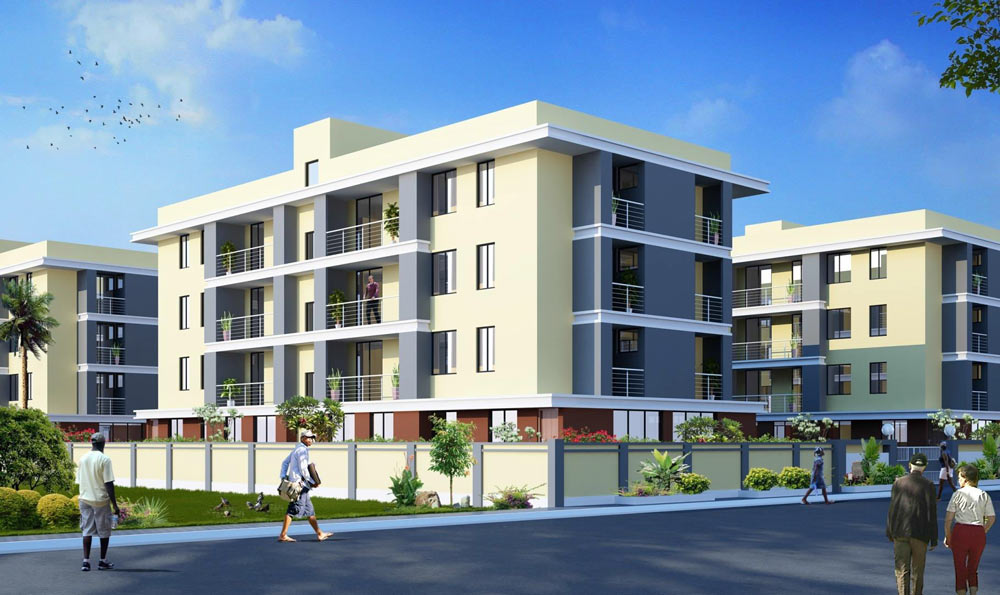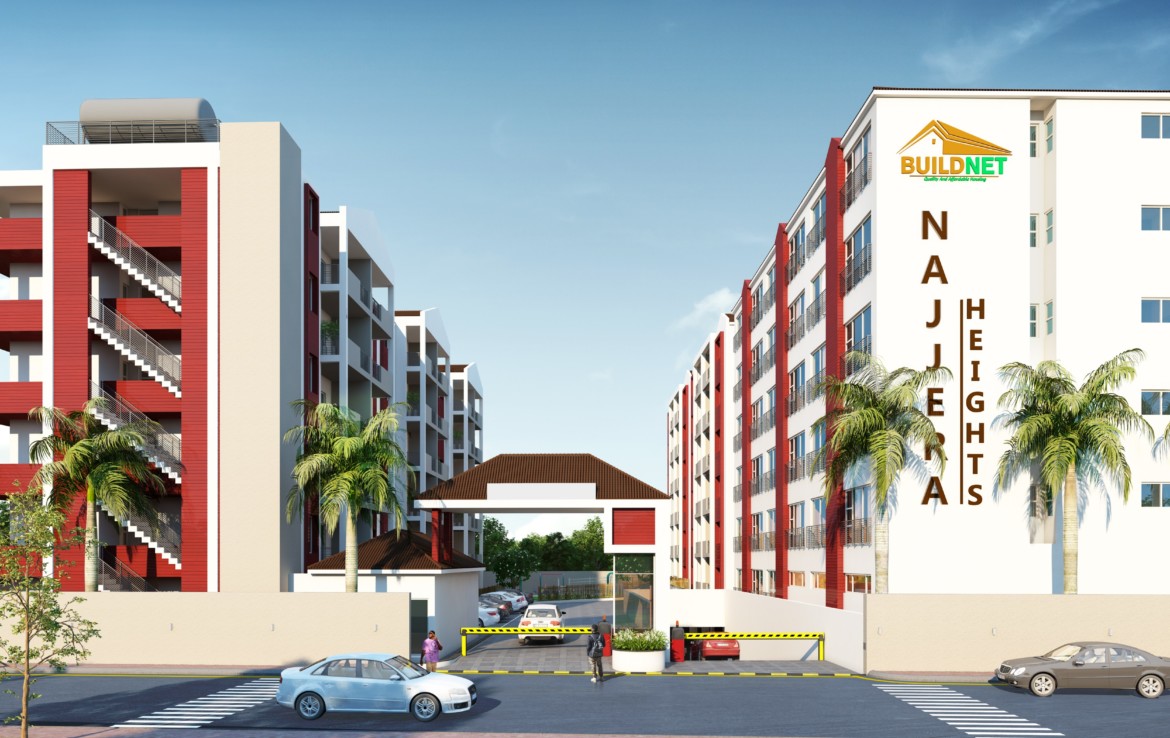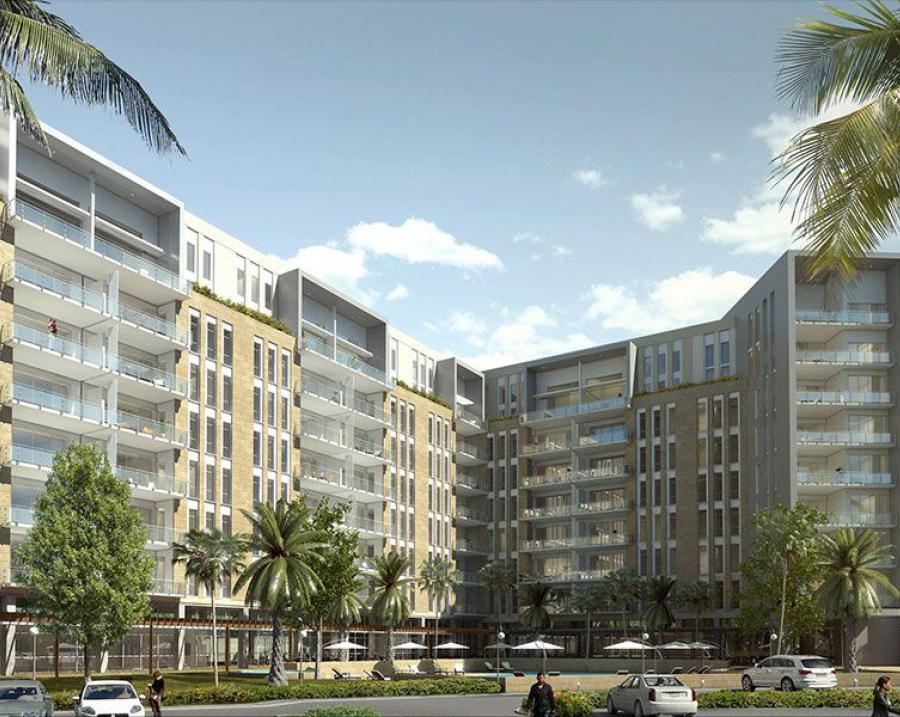Housing is like clothing fashion. The designs of houses, styles, ownership type, finishing tastes and even building materials are dynamic and reflective of the society’s psyche. It portrays the society’s current socio-economic and political state of mind. From housing patterns, you can tell generational differences, state of security of a country, economic prosperity and to some extent the political thinking of a people.
Architects, real estate developers and observers of Ugandans’ housing trends say that though slow, there is a shift in style, taste, approach to home spaces and ownership. The pundits say this may be a result of several factors like generational change from baby boomers to millennials; it may be that the number of Ugandans with disposable income is growing, and that younger Ugandans are more exposed through the Internet, studying, and living in other countries. As such, younger Ugandans are beginning to lead the way in demonstrating different housing tastes and attitudes from that of their parents’ generation.
Moving from bungalows to flats
In many places in Kampala, private estate developers are building apartments/flats for sell. In addition, dealers in the industry say all apartments in good locations are sold out even before the final brick is laid.
On the other hand, bungalows for sale tend to stay longer on the market.
“We have been stuck with some bungalows for as long as two years now,” a real estate dealer who did not want to be named told this magazine.
The number of young Ugandans buying apartments and preferring to stay in flats, on the other hand, is growing considerably. The older Ugandans still prefer to stay in their lone fenced bungalows. The wealthier Ugandans irrespective of age, however, still prefer to live in their palatial several acre-garden bungalows. Raheem Abbas of Affordable Housing/Universal Enterprises, a real estate developer that has built and sold several hundred apartment units in the prime areas of Najjeera, Naalya, Kira, Bweyogerere in Kampala, told The Infrastructure Magazine that flats are selling much faster than bungalows. Most of the time, flats are sold out even before they are completed. And the demand remains high.
Abbas added that Ugandans are increasingly realising one can enjoy the same space and convenience for a cheaper cost.
“Take for example in our Venus Apartments in Najjeera, a two-bedroom apartment provides space for about 218 square metres. With the condominium arrangement, you can own that same space in an apartment setting for about UShs 135 million. To develop the same space in the same location, a bungalow style would cost no less that Shs 300 million,” he said.
Dr Lillian Namuganyi, a lecturer of Architecture in the College of Design, Engineering Art and Technology at Makerere University told The Infrastructure Magazine that Ugandans are more sensitive in their housing tastes.
“Ugandans are increasingly more discerning of quality in both design and construction. Many have encountered what is bad, and what is reasonable through various avenues including travel and media. If apartment living gives them better quality, then they are open to that option,” she said.
Namuganyi added that today, families are smaller and people can live more convenient lives.
“If one can live a carefree lifestyle without the hassle of servants, there is no need to burden oneself with a large home. There are services and machines. The situation is similar to the ‘Grand Domestic Revolution’ of the West. You can buy cooked food, do your laundry in a machine or at dry cleaner’s, etc… So you opt for a smaller home,” she said.
Affordable Housing’s Raheem echoed the same sentiments. He said bigger houses and bigger compounds attract higher maintenance and management costs, which is chasing some Ugandans away from the huge-bungalow; huge-compound kind of living.
Besides, the costs of acquiring an apartment are relatively lower than a bungalow. It is easier for the young and upcoming professionals to take out mortgages and pay out as they live in their own apartments. The trend in the past was for young people to rent apartments out of their salary for years, until they were able to construct their own bungalows.
“In our apartments, for Shs 86 million, you can own a one-bedroomed home,” Raheem told The Infrastructure Magazine.
This emerging trend seems to be driving the demand for apartments/flats in Kampala. This trend will only continue to grow as Uganda’s largely young population comes of age and gets to the job market.
Buying finished units
A few years ago, to own a house, a typical Ugandan would buy a plot of land and start building, sometimes taking several years to complete. It was a painstaking activity, involving time demands for managing the sites to ensure materials are not stolen. Indeed, many Ugandans paid much more to build their houses because they lost materials to thieving builders. Ugandans in the diaspora have lost millions of shillings to relatives to whom they send money to buy land and build, but the money is usually swindled.
To cut out all these cumbersome and risky processes, many Ugandans now prefer to buy finished housing units from developers. For those in the diaspora, it is a sure way to guarantee that when you save money to own a house, that money actually buys the house. For Ugandans living in the country, it means one can focus on their core business, without having the stress of site supervision and control. All you need is to save the money to buy a unit.
Raheem attributes this to the change in the land laws. In 2011, most of the land available for development was leasehold. After the condominium law was passed, now people can own a piece of the same land, for life. That has considerably brought down the cost of owning a property.
The same trend seems to be true of the high-end market as well. That explains the emergence of high-end estate like Mirembe Vilas in Kigo, Royal Palms in Butabika and Akright estate in Bwebajja, among others.
Building homes on smaller plots
For those who still tow with the idea of building their own house either because they want to build it over time or because they want a specific design, an emerging trend is that the sizes of the plots of land is becoming smaller. A land dealer told this magazine that today, they sell more 50X100 (quarter acre) plots than 100X100 (half acre). This is partly explained by the fact that the land available within 20 kilometres radius of Kampala central business district is becoming slim and pricier. The consequence of this is that people are buying smaller pieces of land to build homes, but to create more space they are building vertically.
“I wouldn’t say that Ugandans are moving away from traditional homes set in large expanses of land per se. Rather, I would say that the younger people are more accepting of a diversity of alternatives,” Dr Namuganyi told this magazine. “Of course, those with large sustainable incomes prefer large
opulent homes. “Sometimes the choice of smaller plots is a result of the high cost of acquiring affordable land within reach of good services, building a spacious family house, and maintaining that house. House helps are more costly and less reliable.”
More tasteful, exotic, sensual properties
Increasingly, new home designs tend to be more thoughtful, tasteful, sensual and exotic in look. Gone are the days when architects were in short supply. Because of the availability of design professionals, many Ugandans who opt to build their own homes are taking their time to play with the spaces they have to come up with some elegant and aesthetically appealing designs.
Even finishing tends to be livelier, more exotic colour and finishing materials. Dr Namuganyi agrees: “Ugandans are increasingly more discerning of quality in both design and construction. Many have encountered (good designs) through various avenues including travel and media.”













